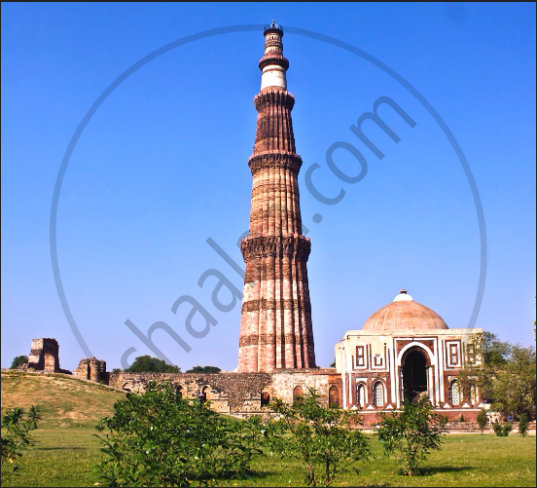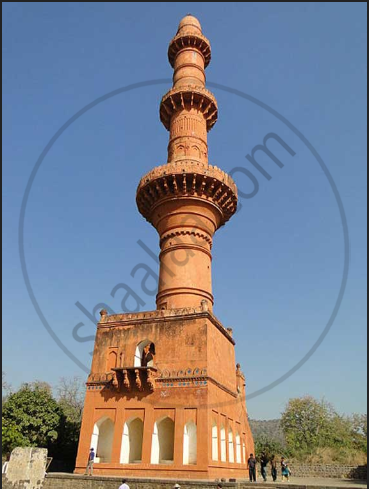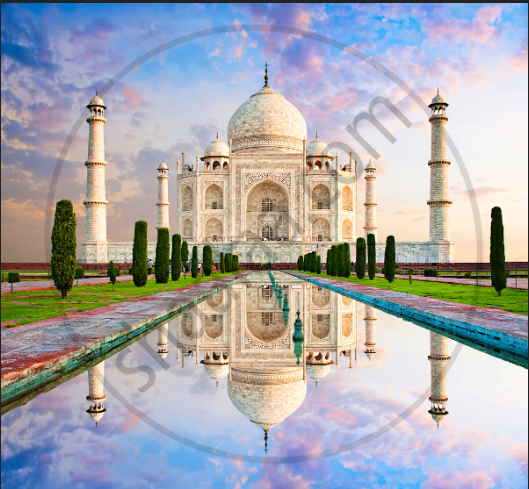Topics
Historiography : Development in the West
History : Applied History
Working of the Constitution
Historiography : Indian Tradition
The Electoral Process
Political Science : Working of the Indian Constitution
Applied History
Political Parties
History of Indian Arts
- What is ‘Art’?
- Indian Traditions of Visual Arts (Drik Kala): Painting
- Prehistoric Paintings
- Mural Paintings and Cave Painting
- Folk Styles of Paintings
- Classical Styles of Painting
- Miniature Paintings in Manuscripts
- Modern Indian Paintings
- Indian Traditions of Visual Arts (Drik Kala): Sculpture Art
- Indus Civilization Sculpture
- Folk Styles of Sculptural Art
- Classical Styles of Sculptural Art
- Indian Iconography
- Indian Traditions of Visual Arts (Drik Kala): Architecture and Sculpture
- Rock-cut Architecture
- Temple Architecture
- Indo-Islamic Architecture
- Indo-Gothic architecture
- Indian Traditions of Performing Arts
- Indian Theatre
- Indian Music
- Indian Dance
- Present Scenario of the Performing Arts
- Art, Applied Art, and Professional Opportunities
Social and Political Movements
- Movement
- Important Movements in India
- Tribal Movement
- Farmers Movement
- Worker's Movements
- Women’s Movement
- Environment Movements
- Consumer Movement
Mass Media and History
Challenges Faced by Indian Democracy
Entertainment and History
Sports and History
Tourism and History
Heritage Management
History - Imperialism
History - 20th Century Age of conflict
History - Emancipation of Asia and Africa
History - World after World War 2
Political Science
Geographical discoveries and colonization
- Concept for Geographical Discoveries and Colonization
Africa
- Imperialism - Africa
Asia: India, China, Japan
- Concept for Asia: India, China, Japan
Dictatorships in Europe, Second World War and world
- Concept on Dictatorships in Europe
- Concept for Second World War and World
First world war
- Concept on First World War
The League of Nations
- Concept for the League of Nations
Russian Revolution
- Concept for Russian Revolution
United Nations Organization
- Concept for United Nations Organization
Africa
- Emancipation of Africa
Asia
- Emancipation of Asia
Globalization
- Globalization After World War II
Scientific and Technological Progress
- Scientific and Technological Progress After World War II
Cold war
- Formation of the Cold War
Social Diversity and Democracy
- Social Diversity
- Coccept for Caste/Race and Democracy
- Concept for Language and Democracy
- Cocnept for Religion and Democracy
- Concept for Gender and Democracy
- Concept for Democracy and Diversity
Challenges to Democracy Remedial Measures to the Challenges
- Concept for Challenges to Democracy Remedial Measures to the Challenges
Internal work
Democracy
- Democracy - Meaning, Types and Characteristics
Political Parties and Types
- Political Parties
- Importance of Political Parties
- Major National and Regional Parties in India/ Types of Political Parties
Notes
Indo-Islamic architecture:
- The Islamic architecture of India was created throughout the medieval period when a variety of architectural styles, including Persian, Central Asian, Arabic, and pre-Islamic native Indian traditions, were combined under the patronage of Muslim sultanates. There have been many stunning structures built.
- The Taj Mahal in Agra, the Gol Gumbaz in Bijapur in Karnataka, and the Qutub Minar in Mehrauli near Delhi are three of India's most well-known examples of Islamic architecture.
Features of Indo-Islamic Architecture:
- In Islamic countries, buildings were made of brick, lime, and mortar. Their architectural styles were arcuate, which means they used arches, domes, and vaults.
- Muslims avoided using human figurines due to religious injunctions, instead opting for geometrical patterns (arabesque), floral patterns, inscriptions in various styles, and inlay on marble (Pietra dura).
- Perforated lattice screens with arabesques, star motifs, and other geometric shapes like pentagons, hexagons, octagons, and circles.
- Gardens were an essential part of Islamic architecture.
Few Examples of Indo-Islamic Architecture:
|
Qutub Minar |
1. Qutub Minar:
|
|
Chand Minar |
2. Chand Minar:
|
|
Taj Mahal |
3. Taj Mahal:
|
|
Gol Gumbaz |
4. Gol Gumbaz:
|
If you would like to contribute notes or other learning material, please submit them using the button below.




